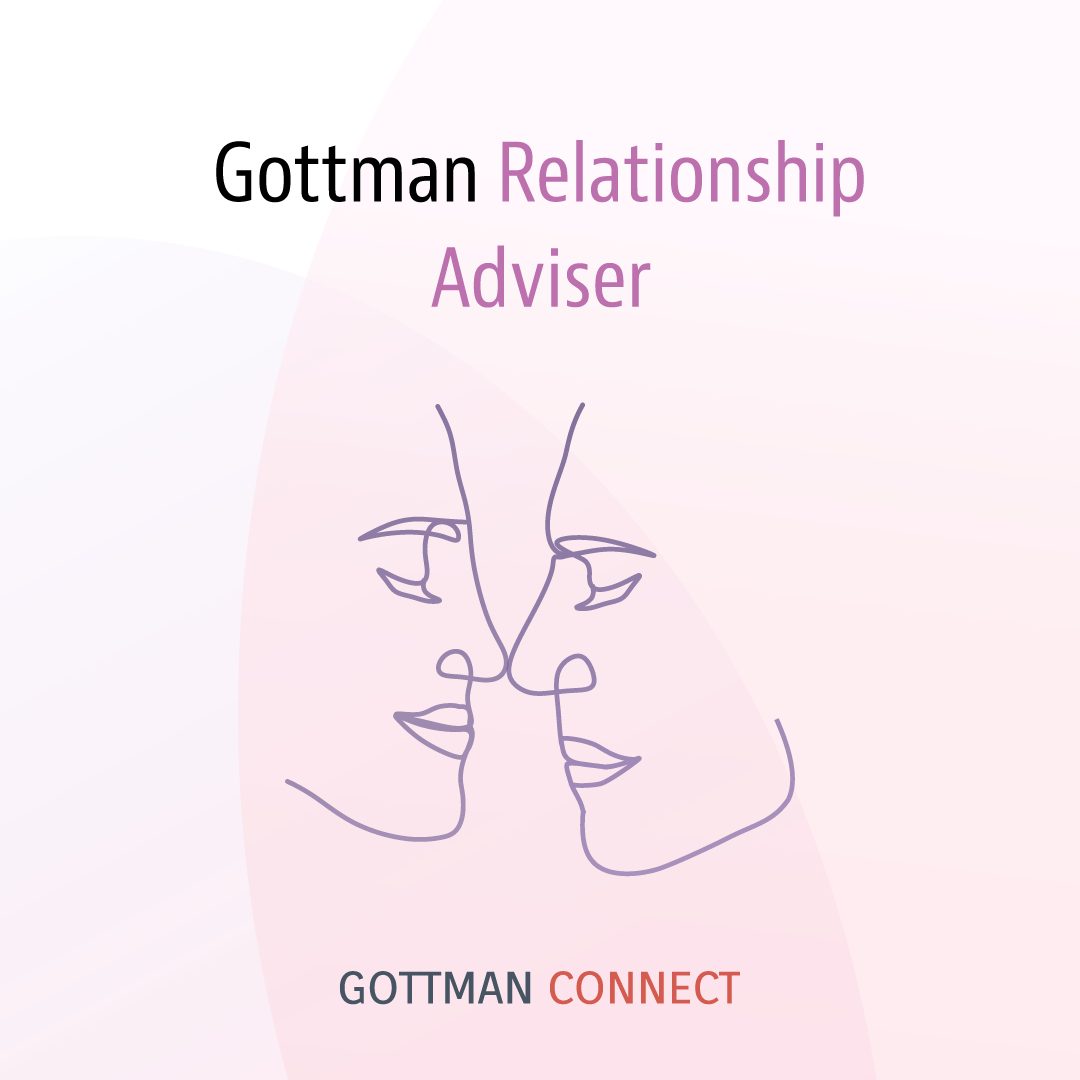“The single biggest problem with communication is the illusion that it has taken place.” George Bernard Shaw
Whether this quote makes you smile or cringe, it is likely to resonate all too well. You can remember times when you misinterpreted the words of others and discovered just how much this kind of mistake can cost. In the words of L.M. Montgomery, “Most of the trouble in life comes from misunderstanding – it’s dreadful what little things lead people to misunderstand each other.” It is so easy to misconstrue the intentions of others, misread their signals, and base actions off of a wrong idea.
The same words can communicate a great variety of different messages. A speaker’s tone, facial expression, body language, and other nonverbal cues must distinguish between a multiplicity of intentions how impossibly frustrating!
In the workplace, mistakes come at a high price. So, here is an activity that allows you to avoid the consequences of unnecessary misunderstandings. Dr. John Gottman created the following exercise to help you sharpen your emotional communication skills.
Exercise: The Emotional Communication Game With Coworkers
To play the game, silently read each item and its three available interpretations. Then take turns reading the items aloud, as the other person tries to guess which of the three meanings you are trying to convey.
1. Did you get it done?
a) You’re pleasantly surprised that the task seems to be finally completed.
b) You’re worried that your colleague didn’t do what he or she promised to do.
c) You’re just asking for information.
2. Are you going to the staff retreat?
a) You’re not sure if you’re going to go and are trying to decide.
b) You think your colleague should go and not be so isolated from other people at work.
c) You’re simply asking for information.
3. I completed seven units yesterday by myself.
a) You’re proud of the amount of work you’ve accomplished on your own and you’d like to be acknowledged.
b) You’re angry that you didn’t get more help from your coworker.
c) You’re not feeling one way or another about the workload; you’re just giving a tally of what you accomplished.
4. Who’s going to take responsibility for this project?
a) You’re tired of taking the lead on projects you do together, and you want your colleague to do it for a change.
b) You’re just asking for information about whose turn it is.
c) Your colleague just naturally takes over. But this time you’d like to have a chance to show what you can do when you’re in charge.
5. What should we do about including Jane on this project?
a) The two of you want to do the project alone together without having to think about the composition of the work team.
b) Jane is not very competent and is dragging down your team’s performance.
c) Jane would be a real asset, and you’d very much like to have her on the team.
This exercise helps you to gain a better understanding of just how easy it is to misinterpret the words of others. A subtle change in body language, tone of voice, or eye contact can make all the difference. Apply your understanding from this exercise the next time you’re at work. Pay close attention to your coworkers’ nonverbal cues and intonations in speech. You may be happily surprised by how well you are able to communicate.










